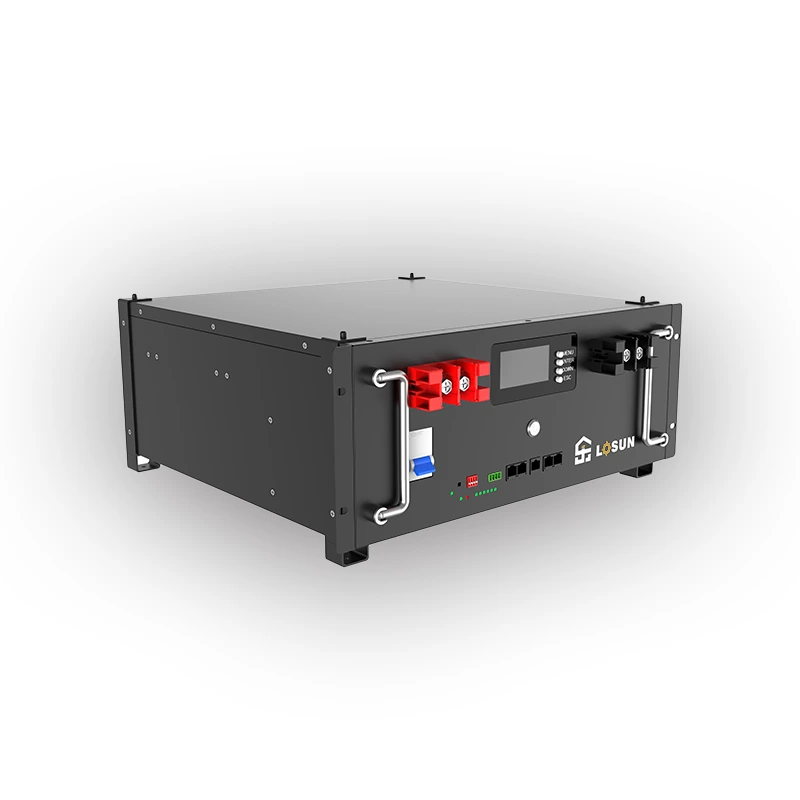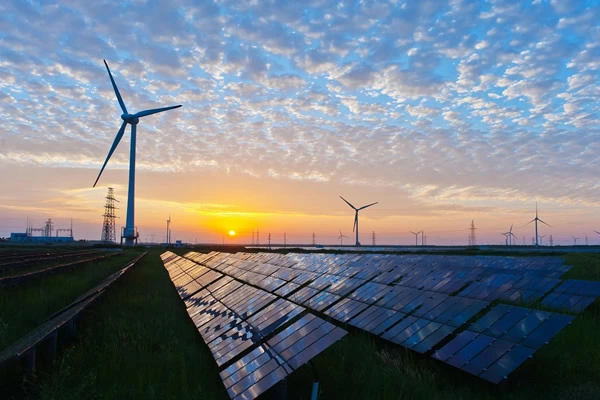Solar Panel
In the dynamic world of renewable energy, photovoltaic (PV) solar panels stand as symbols of innovation and sustainability. Behind the sleek exteriors and efficient energy conversion lies a meticulous production process that combines advanced technology with skilled craftsmanship. Let's delve into the intricacies of PV solar panel production and explore the artistry that powers the green revolution.
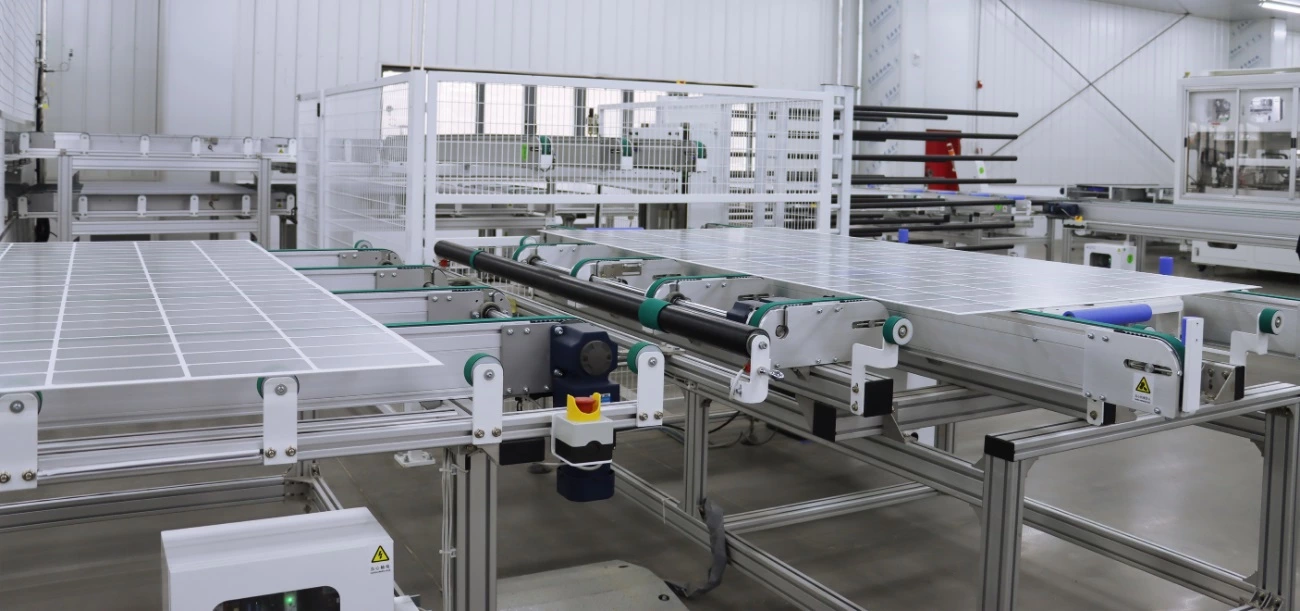
-
Raw Materials Selection: The journey begins with the careful selection of raw materials. High-quality silicon wafers, tempered glass, and durable aluminum frames form the backbone of PV solar panels. Manufacturers meticulously vet suppliers to ensure adherence to stringent quality standards, laying the foundation for superior panel performance.
-
Silicon Ingot Production: The heart of the PV solar panel, silicon ingots, undergo a precise manufacturing process. Silicon, the primary semiconductor material, is melted and purified before being cast into cylindrical ingots. These ingots are then sliced into ultra-thin wafers using diamond wire saws, a process that demands precision to minimize material wastage and ensure uniformity.
-
Solar Cell Fabrication: Next, the silicon wafers are subjected to a series of treatments to transform them into solar cells. Through processes like doping, texturing, and passivation, the wafers acquire the ability to convert sunlight into electricity efficiently. Advanced printing techniques are employed to apply metal contacts and busbars, maximizing electrical conductivity and minimizing energy loss.
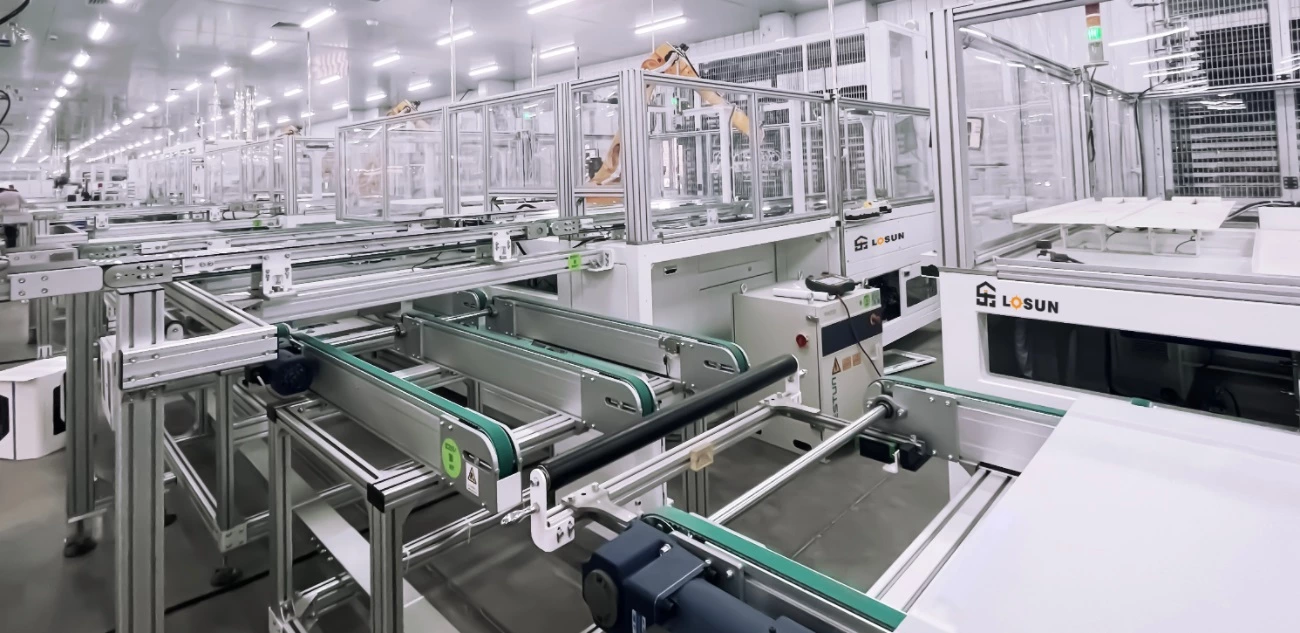
-
Module Assembly: With solar cells ready, the focus shifts to module assembly. Each component, including the cells, tempered glass, and aluminum frame, is meticulously arranged and encapsulated using specialized adhesives and encapsulants. This step demands precision and attention to detail to ensure structural integrity and weather resistance, vital for withstanding harsh environmental conditions.
-
Quality Assurance: Throughout the production process, rigorous quality assurance measures are implemented to uphold industry standards. Automated inspection systems, coupled with manual checks by skilled technicians, verify the integrity of each component and detect any defects or inconsistencies. Only panels that meet strict criteria for performance and durability proceed to the final stage.

-
Performance Testing: Before leaving the manufacturing facility, PV solar panels undergo comprehensive performance testing. Parameters such as electrical output, temperature resistance, and reliability are evaluated under simulated real-world conditions. This testing phase ensures that each panel meets or exceeds specified efficiency and longevity requirements, instilling confidence in end-users.
-
Packaging and Distribution: Once validated, the finished PV solar panels are carefully packaged to protect them during transit. Sustainable packaging materials are preferred to minimize environmental impact. From the production facility, panels are distributed to customers worldwide, ready to harness the power of the sun and contribute to a cleaner, greener future.
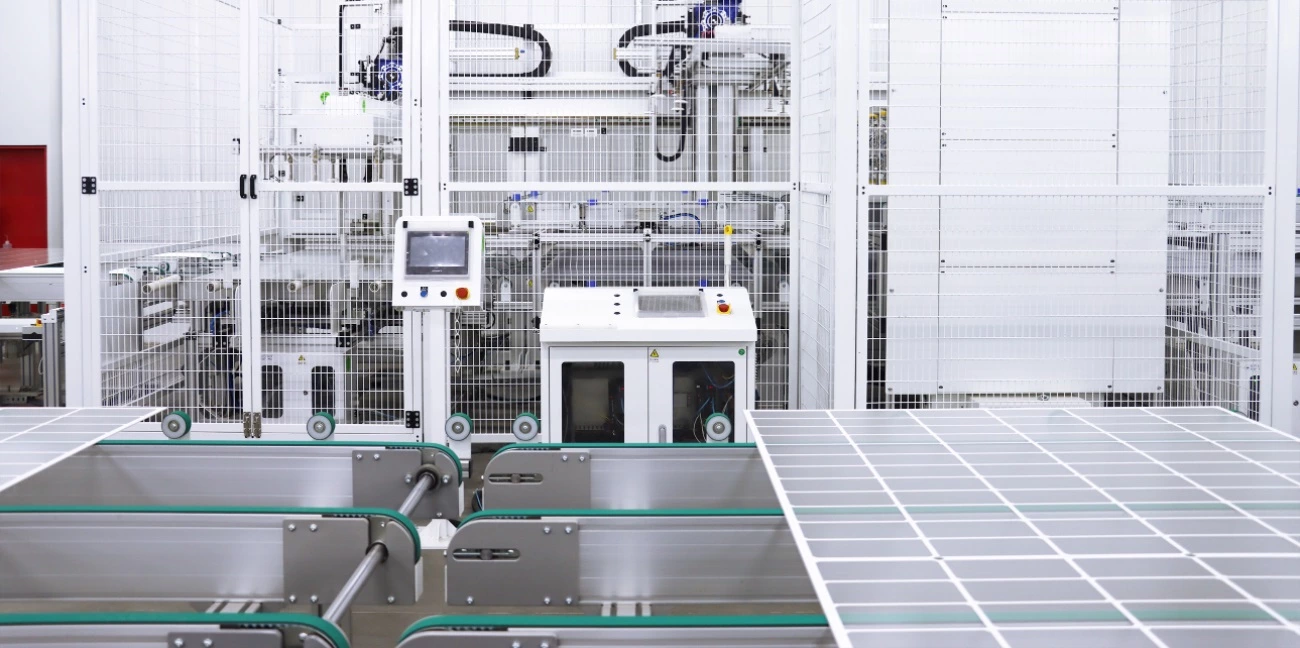
In conclusion, PV solar panel production is a testament to the fusion of advanced technology and skilled craftsmanship. From the meticulous selection of raw materials to the rigorous quality assurance protocols, every step reflects a commitment to excellence and sustainability. As demand for renewable energy continues to soar, the artistry of PV solar panel production plays a pivotal role in shaping a brighter, more sustainable tomorrow.

